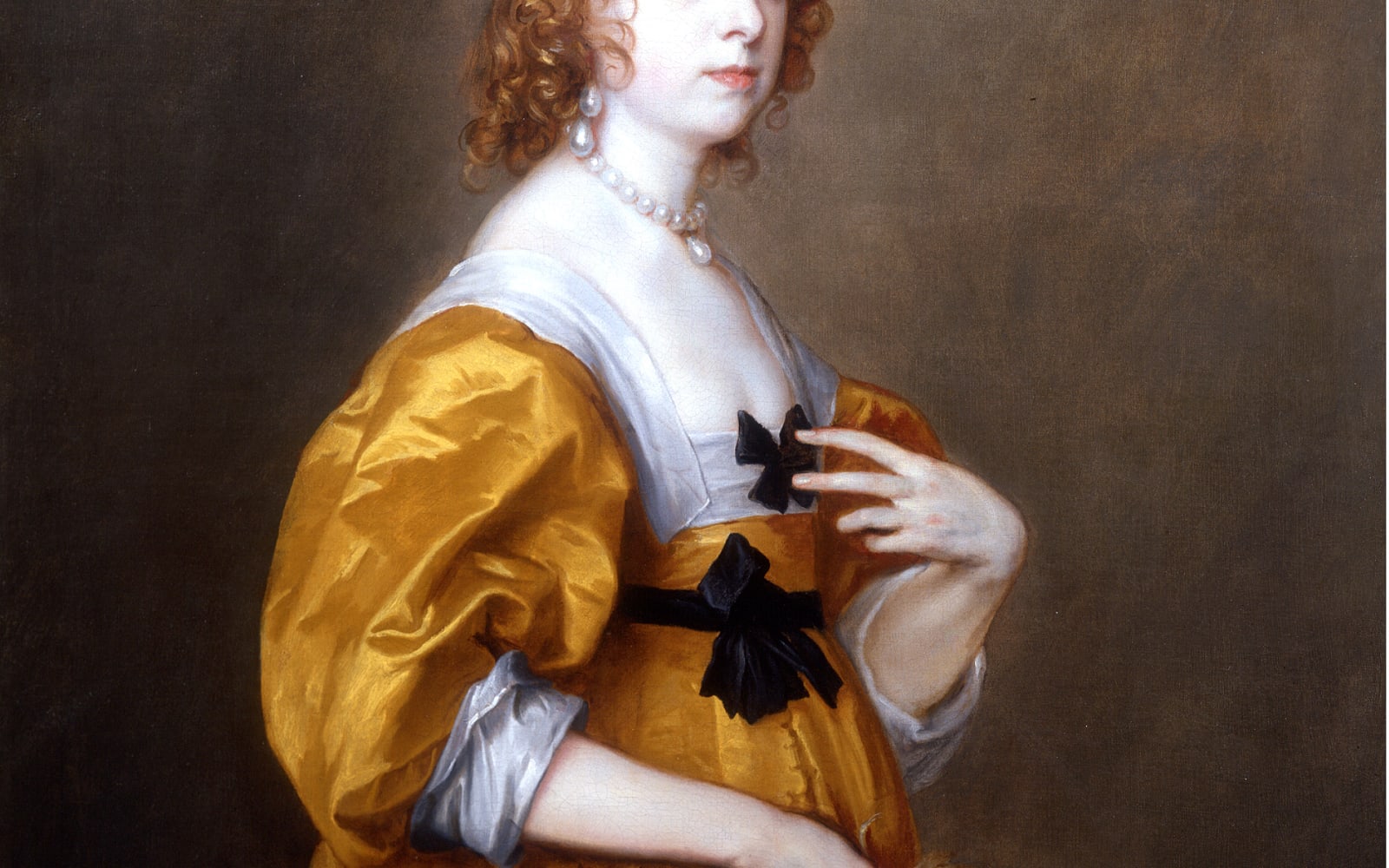Artist in Focus | February 2022
Sir Anthony Van Dyck
Born in Antwerp, Anthony Van Dyck was one of the most prominent artists of the seventeenth century who exerted an unparalleled influence over art produced in Europe during the period. Although perhaps best known in England for his illustrious talents as a portraitist, he was first and foremost a master in the depiction of complex mythological and religious narratives.
Training under Hendrik Van Balen at the age of ten, Van Dyck moved to work in the studio of Peter Paul Rubens. Rubens was one of the most celebrated court painters in Europe at the time and described his young apprentice as 'the best of my pupils'. His influence was wielded over a young Van Dyck, who emulated his master's deft observations on expression, gesture and form. His supreme talents at this date can be seen most clearly in his energetic oil studies painted from life in preparation for his larger compositions. Often completed at speed with great bravura, these studies were highly sought-after within the artist's lifetime and remain so today.
Van Dyck's ability to capture character and movement in his art enabled him to champion the lucrative market for portraiture and he soon became one of the most sought-after portraitists in Europe. His wealthy patrons favoured his refined technique and his capacity to idealise his sitters by subtle manipulation of pose, expression, setting, clothing and composition. The artist's reputation for capturing the elegance of his subjects prompted both James I and his successor Charles I of England to employ him as their court painter in 1620 and 1632 respectively.
In 1621, after a period working for James I, Van Dyck left England to travel around Italy. The influence of Italian art and the Renaissance is palpable in the refined, sophisticated portraits Van Dyck painted when he returned to England in 1632. His years in Italy helped to cement his reputation as Rubens's most gifted pupil.
Van Dyck's second Antwerp period (1627-1631) marked a turning point in his career. Over the following four years, the artist brought his recent experiences in Italy to bear on the art of his native city. Benefiting from Rubens's absence from Antwerp on business at the courts of Madrid and London, Van Dyck was able to establish a flourishing practice of his own, rivalled only by that of another talented ex-pupil of Rubens, Jacob Jordaens. A Young Girl in a White Apron is a particularly revealing example of Van Dyck's famed ability at this date to combine sensitivity with status and seriousness of purpose in portraiture. In late 1628, in a mark of his new stature, Van Dyck was awarded a valuable gold chain by the Archduchess Isabella Clara Eugenia in thanks for painting her portrait. The gold chain can be seen flaunted in this remarkable self-portrait by Van Dyck discovered by Philip Mould & Company in 2012 and currently on loan to Minneapolis Institute of Arts.
In July 1631, perhaps hoping to seek new opportunities following the return of Rubens, Van Dyck travelled to the Hague, where he proceeded to transform the portraiture of the court of the House of Orange. The experience was a reassuring one for Van Dyck as it showed that it was possible for him, a Catholic artist, to work successfully and comfortably in a Protestant country. The result of this was that in 1632 he travelled to London to work for the court of Charles I. Within a year, Van Dyck - who had been known to the court since his first visit in 1620-1 - had been made 'principalle Paynter in Ordinary to their Majesties', leapfrogging the capable but less talented artist Daniel Mytens, who had been working as the principal court portraitist for the past seven years. Van Dyck's English portraits are characterized by their elegance of design, fluid handling and bold use of colour. His success lay not only in his ability to capture the character of his subjects with unprecedented verisimilitude but also his capacity to imbue his subjects with compelling human emotion. His slender yet proud figures, often dressed in the latest fashions or luxurious costume, typify the imagery of the cavalier court of Charles I.
By the late 1630s Van Dyck's confidence, as seen in his last self-portrait, was at its peak and his premature death in London on 9 December 1641 was a blow to the arts in Britain. His legacy, however, endured and his sophisticated aesthetic became the preferred mode for court portraiture in Britain for many centuries to come.










